
USS S-4 (SS-109) was an S-class submarine of the United States Navy. In 1927, she was sunk by being accidentally rammed by a United States Coast Guard destroyer with the loss of all hands but was raised and restored to service until stricken in 1936.

USS Muskallunge (SS-262), a Gato-class submarine, was a ship of the United States Navy named for the muskallunge.

USS Guavina (SS/SSO/AGSS/AOSS-362), a Gato-class submarine, was a ship of the United States Navy named for the guavina, a fish which may reach a length of 2 feet (0.6 m) indigenous to the West Indies and the Atlantic coasts of Central America and Mexico.

USS Spikefish (SS/AGSS-404), a Balao-class submarine, was a ship of the United States Navy, named for the spikefish. She was the first United States submarine to record 10,000 dives.

USS Tiru (SS-416), a Balao-class submarine, was a vessel of the United States Navy named for the tiru, a member of the lizardfish family.
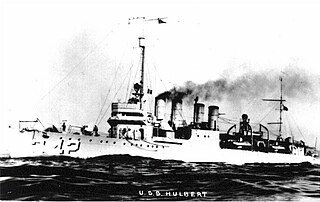
USS Hulbert (DD-342/AVD-6) was a Clemson-class destroyer in the United States Navy following World War I. She was named for Henry Hulbert.
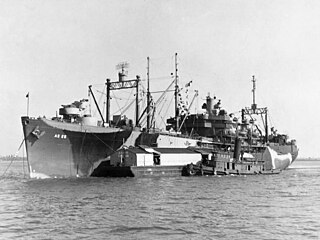
USS Apollo (AS-25) was an Aegir-class submarine tender in the United States Navy.
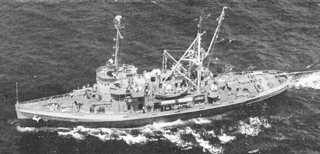
The third USS Penguin (ASR–12) was a submarine rescue ship in the United States Navy during World War II. She was the lead ship of a class of three vessels all originally laid down as fleet ocean tugs before being converted to rescue ships before completion.

USS Owl (AM-2) was an Lapwing-class minesweeper acquired by the U.S. Navy for the dangerous task of removing mines from minefields laid in the water to prevent ships from passing.

The third USS Falcon, (AM-28/ASR-2) was a Lapwing-class minesweeper in the United States Navy. She later became a submarine rescue ship.

The first USS Pigeon (AM-47/ASR-6) was a Lapwing-class minesweeper of the United States Navy. She was later converted to a submarine rescue ship. She was named for the avian ambassador, the pigeon.
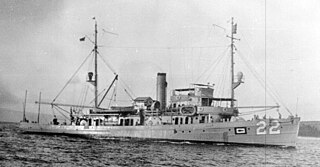
USS Widgeon (AM-22/ASR-1) was an Lapwing-class minesweeper acquired by the United States Navy for the dangerous task of removing mines from minefields laid in the water to prevent ships from passing. Later converted to a submarine rescue ship. Widgeon was named by the Navy after the widgeon, a freshwater duck.
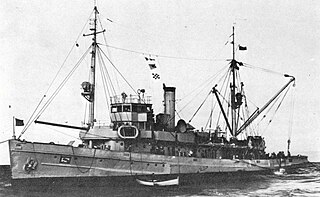
The first USS Ortolan(AM-45/ASR-5) was a Lapwing-class minesweeper in the United States Navy. She was later converted to a submarine rescue ship. She was named after the ortolan, a European bunting.

USS Kingfisher (AM-25/AT-135/ATO-135) was an Lapwing-class minesweeper acquired by the U.S. Navy for the dangerous task of removing mines from minefields laid in the water to prevent ships from passing.

USS Grebe (AM-43) was a Lapwing-class minesweeper in the United States Navy.

The first USS Mallard (AM-44/ASR-4) was a Lapwing-class minesweeper in the United States Navy. She was later converted to a submarine rescue ship.

USS Fulton (AS-11) was the leader of her class of seven submarine tenders, launched on 27 December 1940 by Mare Island Navy Yard and sponsored by Mrs. A. T. Sutcliffe, great-granddaughter of Robert Fulton. Fulton was commissioned on 12 September 1941.

The USS Coucal (ASR-8) was a Chanticleer-class submarine rescue ship in the United States Navy.
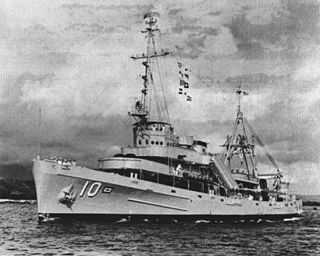
USS Greenlet (ASR-10) was a Chanticleer-class submarine rescue ship in service with the United States Navy from 1943 to 1970. In June 1970, the ship was transferred to the Turkish Navy, renamed TCG Akin (A-585) and remained in service until 2017.
The second USS Bluebird (ASR-19) was a Penguin-class submarine rescue ship in the United States Navy.


















